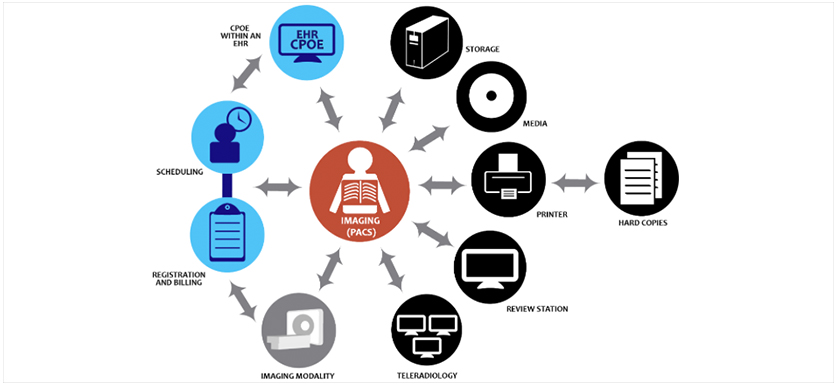Monitoring Healthcare Information Systems with Key Performance Indicators

Throughout the years, the healthcare industry has become increasingly more complex due to technological and medical evolution and, as a result, it is characterized today by an overwhelming amount of information. Therefore, hospitals require an efficient information system that will enable the proper management of all these requirements.
The number of investments in hospital information systems (HIS) has increased, as paper medical records have become cumbersome and difficult to manage. A hospital information system can be defined, according to Wager, K. A. V. (et al., 2009), “as a computerized system that is designed to meet all the information needs within a hospital”.
The primary goal of HIS is to support hospital activities at different levels, by using computers and other communication equipment for collecting, processing, storing and communicating both patient related information and administrative data on all hospital activities. Other goals refer to improving staff efficiency, or removing unnecessary procedures.
Monitoring HIS with Key Performance Indicators (KPIs) will help reflecting the quality and efficiency of information logistics. There is a variety of KPIs that can be used to assess the technical quality of HIS, software quality, architecture and interface quality and so forth.
Some examples adapted from a benchmarking study conducted by the Institute for Health Information Systems are listed below:
Technical quality KPIs
- % Health information system (HIS) availability
- # Response time of HIS
- # HIS data loss rate
- # Restore time of HIS
Software quality KPIs
- % Functional coverage of HIS software
- # Time needed for standard functions
- # Software maturity level
- # Software updates/upgrades duration
Architecture and Interface quality KPIs
- # Interfaces between HIS systems
- # Clinical department using an own subsystem for documentation
- # Time to connect subsystems that have standard interfaces
- # Double interfaces
For more relevant KPIs that can be used to monitor the quality and efficiency of healthcare information systems, access Healthcare Support Services.
When it comes to selecting and monitoring KPIs to track the performance of the information system they have in place, healthcare organizations should focus on selecting the most relevant ones, specific to their needs and according to the objectives established.
References:- Khoualdi, K. and Mandurah, S. (2014), Implementation of a healthcare information system: Key performance indicators in King Abdulaziz University Hospital
- Hubner-Bloder, G. and Ammenwerth, E. (2009), Key performance indicators to benchmark hospital information system: A Delphi study, Institute for Health Information
- Aghazadeh, S., Aliyev, A. and Ebrahimnezhad, M. (2012), Review of the role of hospital information systems in medical services development, International Journal of Computer Theory and Engineering, Volume 4, Number 6
- Wager, K. A., Lee, F. W. and Glaser, J. P. (2009), Healthcare information systems: A practical approach for health care management, Second Edition

Tags: Healthcare performance, KPI in Practice, Performance Measurement





